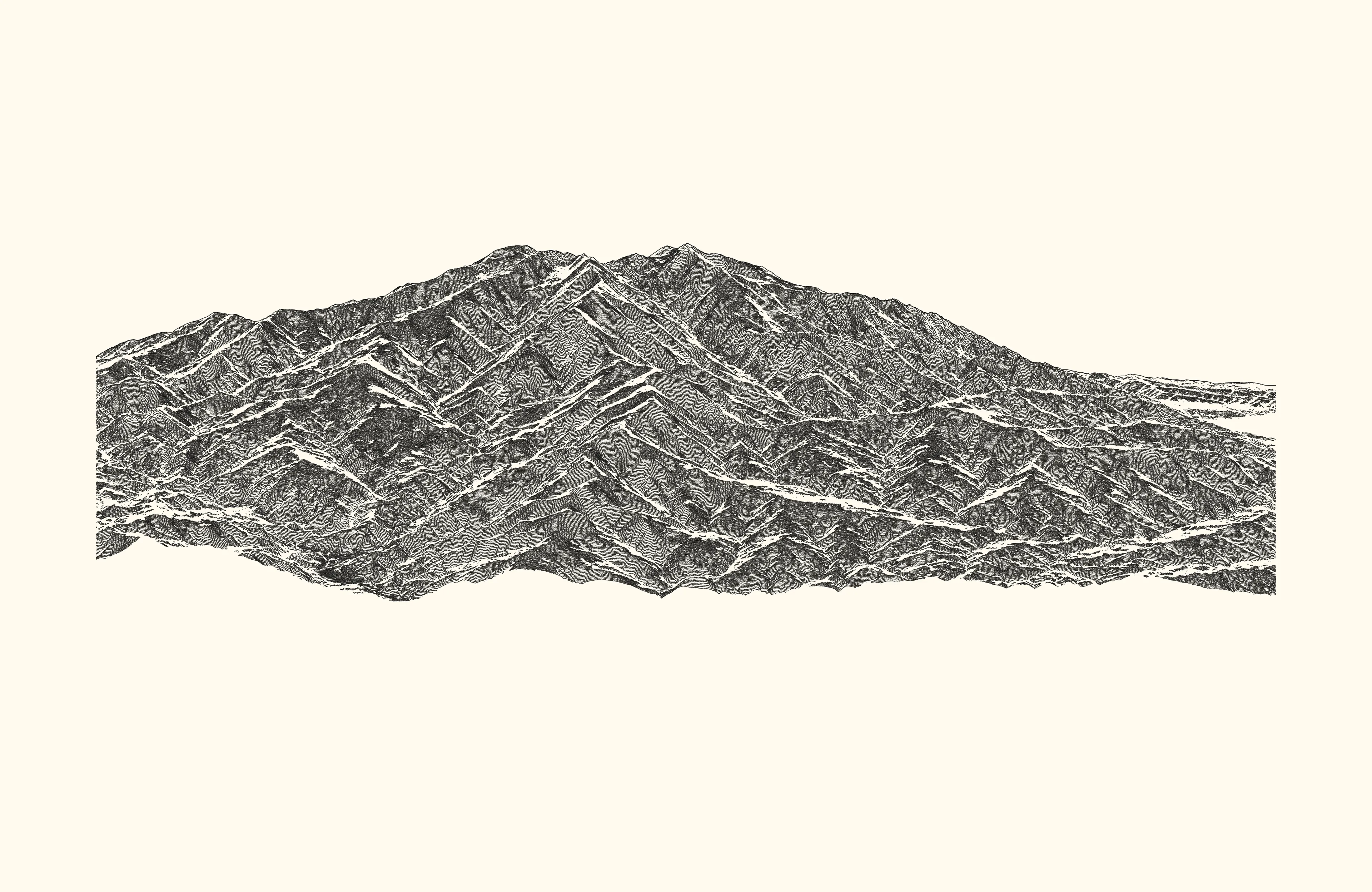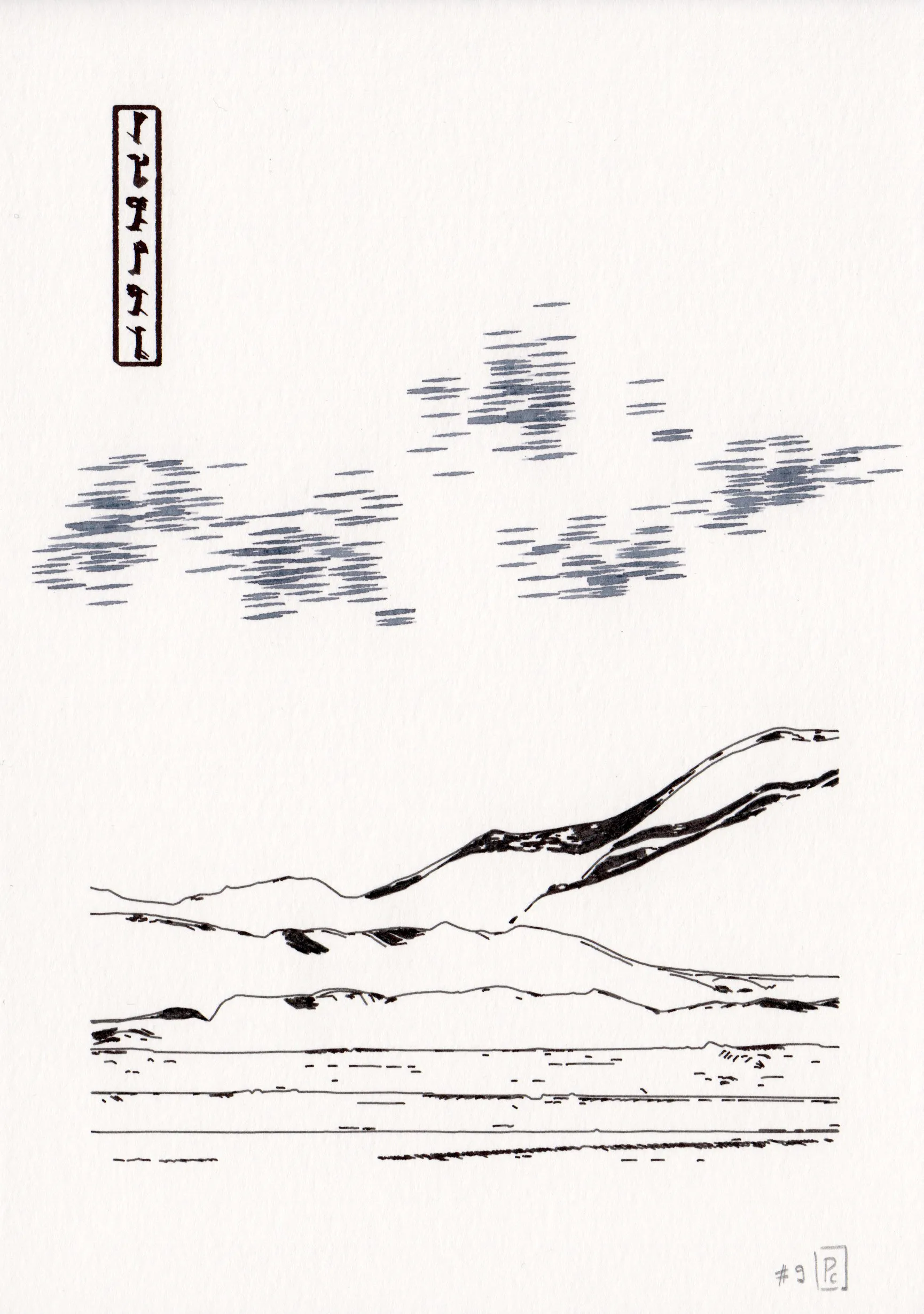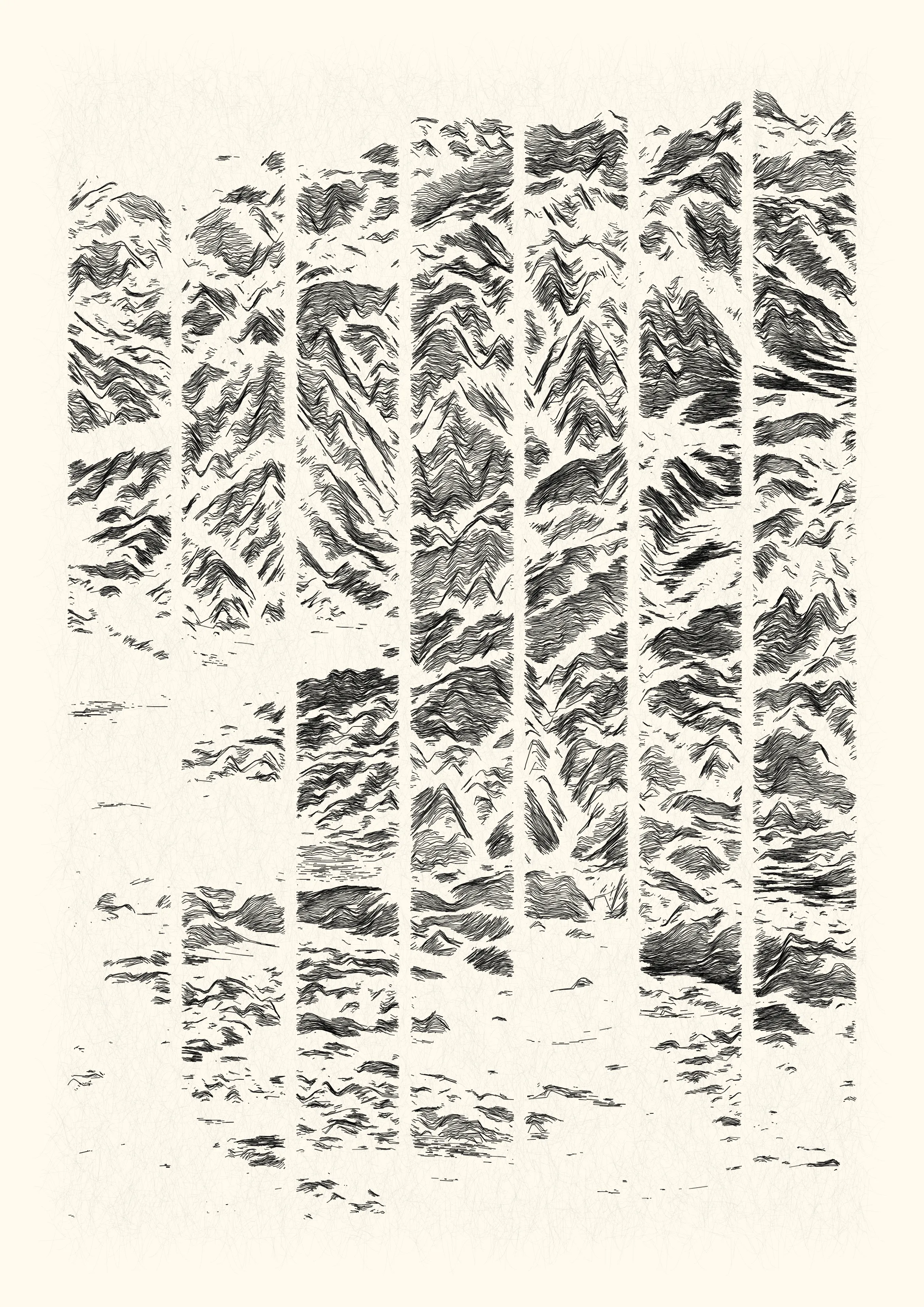Subscribe to get the latest on artists, exhibitions and more.
Decoding the Beauty and Complexity of Nature with Pierre Casadebaig
Verse in conversation with Pierre Casadebaig.
Leyla Fakhr : What strikes me most about your work is how careful you are about each composition. Your work is heavily influenced by your profession as a biologist and coder. It must feel seductive in this space to just generate a lot of work. Yet you take your time and really control your output. Tell me about this, how do you pace yourself?
Pierre Casadebaig: My creative approach is deterministic and indeed close to a scientific approach, where I posit hypotheses, and set experiments to test them. My code and notebooks are full of ‘what ifs’ that take ages for me to explore - my worry is that I might skip the idea if I skip some of these ‘what ifs’. So I pace myself very slowly. I think that landscape art and short form generative share a weird connection to analog photography - given a seed, you can lovingly adjust the other parameters to materialise something you have in mind.

Leyla Fakhr: You use code and data visualisation to analyse how crops interact with their environment, what does that mean and how did this lead you to create generative works?
Pierre Casadebaig: A growing portion of research in biology is using applied mathematics a bit like you would use a microscope, but encouraging systems thinking. Specifically, I worked on crop modelling, where you represent a plant's physiological processes with equations, aiming to generalise knowledge from field experiments. It is very rewarding, because of this creativity and freedom that you have when designing a model. My main introduction to visual art was through data visualisation, but I did not notice the proximity to generative art before seeing the works of Danielle Navarro, Thomas Pedersen, and great talk by Will Chase, literally skewing the language we used for work to make art (check the awesome #rtistry team). I would say that any trade where you learn systems thinking and manipulate visual representations is inherently close to generative art (e.g. architects).

Leyla Fakhr: There is a sense of purity in your work. In the use of line drawings but also the simplicity and lack of colour. Can you tell me more about your artistic decisions for the aesthetics of the work?
Pierre Casadebaig: Thanks. I'm inspired by aesthetics from Chinese ink wash landscapes (i.e. the shan shui style) and Japanese woodblocks depicting landscape and flowers. I'm limited by my one-at-a-time factor approach, so I’m currently focused on how I can avoid having to code to emulate a particular texture - particularly when a pen-plotter with the right tool (i.e. a large nib or brush) can simply bring it to life on paper. Maybe when I understand composition and colour theory better, I'll be able to add meaningful details?
Leyla Fakhr: I connected with you a few months back and you said that you really need a break from coding. Did you need a break from coding or the chatter online with fellow artists and collectors?
Pierre Casadebaig: Haha, yes! Coding somehow forces you to document your creative approach. I'm interested in this because it's easier for me to stop, reflect and iterate. As I can only practise art in interrupted streaks, I might reflect too much and restart things from scratch. In roughly one year, making art moved from a hobby to something more essential, and a huge learning opportunity. The online community around digital art is incredibly supportive but also moves very quickly. I deeply admire artists that are fully immersed in it whilst also having an original voice.

Leyla Fakhr: It feels with this series the plotted works are of significance in relation to the digital. Where do you see your work go from here Pierre? Would you like to delve further into the digital space or explore more physical iterations of your work?
Pierre Casadebaig: Working with a pen plotter is a nice way to get some constraints: fills or hatching have to be programmed, but pen pressure is constant, and therefore acts as a frame to the flexibility of code. But it's tempting to lessen these to explore outputs meant to stay digital. I'm working on a longish series as a pretext to move out of the strict data visualisation field and work by composing with different algorithmic flavours: asemic or botanical for example.
Pierre Casadebaig
Pierreis is a biologist and computer artist based in France. With a background in using code and data visualisation to analyse crop-environment interactions, Pierreis' practice shifted in 2020. He began applying these analytical techniques to his artistic ideas, resulting in a distinctive body of monochrome line art. By altering real or generated datasets through data science methods, he creates...


